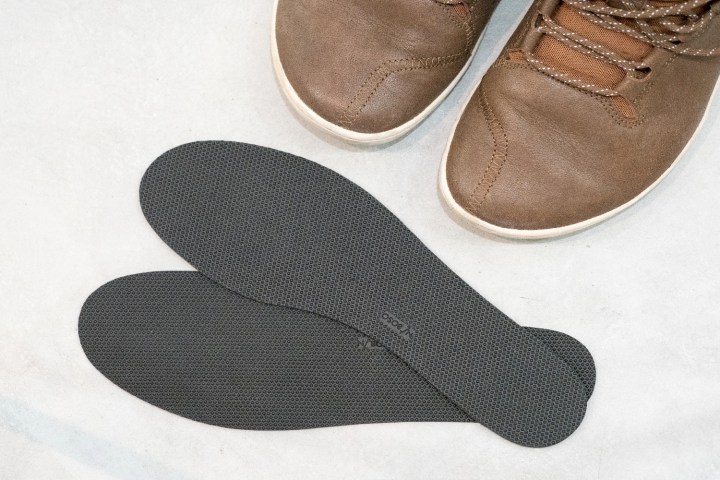
From shoes with in-built laser-pointing tech to ones that incorporate robotic components, there are no shortage of high-tech attempts to rethink footwear to help battle the effects of Parkinson’s disease. A startup called Naboso Technology has come up with an approach that’s less hardware intensive. According to its podiatrist creator, it works by hacking the human body by stimulating the nervous system via the bottom of the foot. Doing this can reportedly help improve balance and stability for people with Parkinson’s, multiple sclerosis. and assorted other neurological disorders. And all it reportedly requires is a textured insole.
“The Naboso Technology insoles and mats uniquely stimulate the skin on the bottom of the feet to improve balance, posture and function,” Dr. Emily Splichal, founder of Naboso, told Digital Trends. “The skin on the bottom of the feet is sensitive to what’s called two-point discrimination, which is perceived as texture. Our insoles and mats have a two-point discrimination texture with a very specific height, shape and distance between each stimulus. Much like how our finger reads braille, our feet recognize that same pattern, which has an effect on connecting to your foundation, consciously feeling your feet again, and feeling more stable.”
It might sound like new-age hooey, but Splichal says that there is a wealth of scientific literature based on textured insoles. These studies have shown that different types of gait asymmetry can be corrected or improved in this way. This is noticeable in everyone from people who have suffered strokes to athletes, who can gain more even weight distribution and force output in their feet. However, Naboso claims that it is the first company to draw on this research for a commercially available product.
“Many of these patients haven’t felt their feet in years or have been struggling each day just to walk across the room,” Splichal said. “Once they put the Naboso insoles into their shoes, they immediately reconnect to their feet. Many begin walking faster and with longer strides. Some patients even feel so good they start running. We have also had athletes who use the Naboso insoles to accelerate their recovery after joint surgery or a bout of plantar fasciitis.”
But not every study has reached the same conclusions. A 2017 meta-analysis of some of the research in this area concluded that textured and stimulating insoles had “no effect” on Parkinson’s and multiple sclerosis patients. Now that Naboso’s products are on the market, we’ll be interested to see if in-depth studies of their proprietary insoles yield different results.


